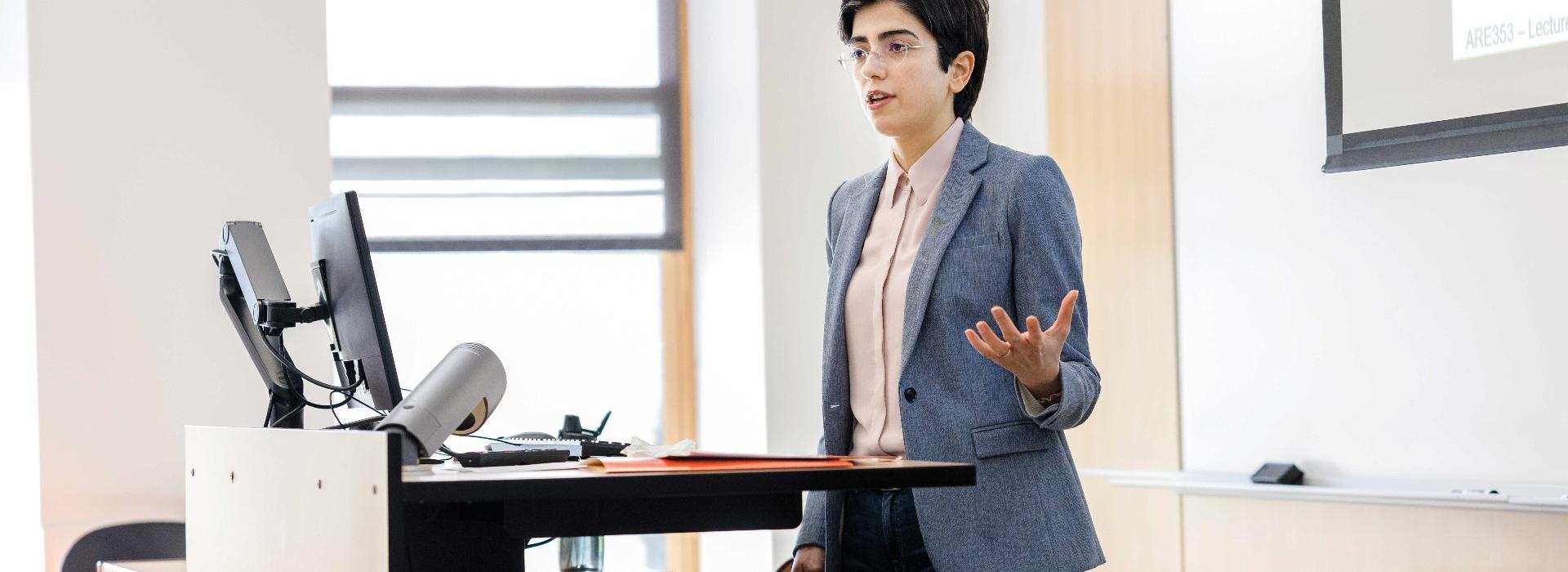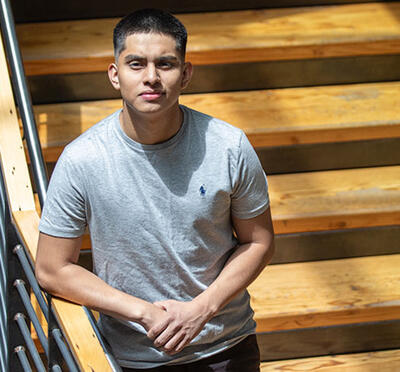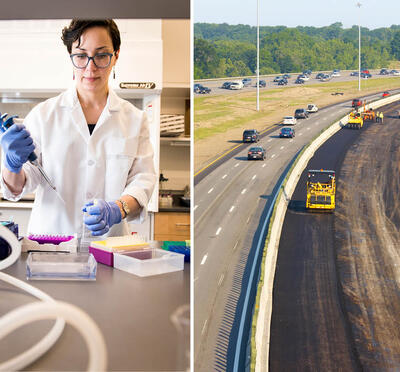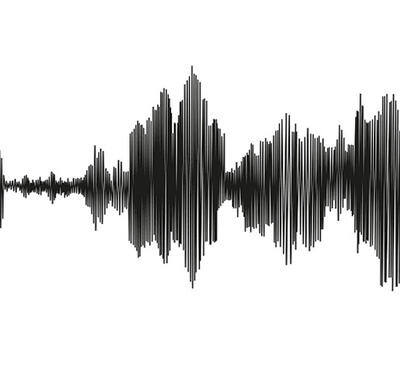When we think about our health, we are likely to think about the food we eat, activities we do, and hours we sleep each night. But the buildings we spend time in – our homes, schools, and workplaces – also have a huge effect on our health.
For example, just look at two recent crises, said Parichehr Salimifard, assistant professor of architectural engineering–mechanical engineering track and Culbertson Faculty Scholar.
“Having a ventilation system with air cleaning in place throughout different events, whether there’s a source of air pollutants from outdoors like a wildfire, or a source of contaminants indoors, like COVID, can provide healthy air for us,” she said
Salimifard’s research focuses not only on how to improve human health through buildings, but also how to make those buildings more sustainable. Projects in her laboratory at Oregon State, the Sustainable, Healthy, and Resilience Buildings Lab, intersect topics like aerosol science, public health, and energy efficiency, to name just a few. “A building that’s not resilient is not sustainable, a building that’s not healthy is not resilient, and a building that’s not sustainable is not healthy,” she said
Salimifard came to Oregon State in 2021 to join the burgeoning architectural engineering program, one of the few architectural engineering programs in the U.S., and the first one in the Pacific Northwest region. “I saw Oregon State University as a leader in doing interdisciplinary and cross-disciplinary research across engineering, public health, and sustainability,” she said.
A pillar of Salimifard’s interdisciplinary work is an effort called the Co-benefits of the Built Environment project, or CoBE for short. It began at Harvard University’s T.H. Chan School for Public Health, where Salimifard completed a postdoc after earning a B.Sc. in mechanical engineering from Persian Gulf University and both a master’s degree and Ph. D. in architectural engineering, mechanical option with a minor in computational science, from Penn State University.
“The idea behind CoBE is simple,” she said. “We spend 90% of our time in buildings,” and buildings are responsible for the majority of our primary energy consumption — about 40% in the U.S., and they also have a significant share of greenhouse gas and air pollutant emissions. So, what actions can a building’s stakeholders take to prioritize health and climate co-benefits?
To help answer that question, Salimifard and her collaborators created an online tool into which users input just a few pieces of data. “Let’s say I have a home here in Corvallis, and I know the zip code of my home and my energy bills on an annual basis, as well as the home’s floor area in square foot,” she said. The CoBE tool then gives the user their building’s emissions footprint and quantifies its public health and climate impacts in terms of U.S. dollars.
“You don’t need to be an expert in engineering or public health to use this tool,” Salimifard said. Anyone can harness it to evaluate the impacts of their building as-is, or even to compare how different modifications might change those impacts.
Take the example of a building manager who wants to change the lighting fixtures in an office building to ones that are more energy efficient. “There’s possibly a power plant down the road that may or may not be burning fossil fuel, and that pollution is going into the atmosphere,” Salimifard said. The tool helps stakeholders see the full picture of environmental and health effects for their specific building.
Salimifard and her colleagues recently published a paper establishing the method underlying the CoBE Projection tool and applying it to buildings across the U.S. Their projection results for the year 2050 show that for every dollar of electricity savings, health and climate co-benefits add $0.02-$0.81 of additional savings. The team has several other papers in the publication pipeline that use the CoBE tool to investigate different energy design scenarios and climate policies.
Indoor air quality is another pillar of Salimifard’s research, and her work contributes to control and mitigation of building occupants’ exposure to contaminants and allergen- and virus-carrier particles indoors. Recent work in this area includes a project on indoor air quality in Oregon schools during wildfire events. In addition to conducting research in the field in actual buildings, she’s building an experimental indoor environmental quality lab at Oregon State University with state-of-the-art aerosol sensing equipment.
“This lab not only enables conducting indoor air quality research, but I can also use it in my teaching in my HVAC and indoor air quality courses,” Salimifard said. “I am excited about how this facility provides hands-on learning opportunities for students and can enrich their learning experience.”
The real-world effects of her work are important to Salimifard. “As researchers, doing the science itself is very interesting and exciting for us. But at the same time, we hope that the results do not just stay in journals,” she said.
To that end, she has written about the need for energy-efficient buildings and about the health impacts of wood smoke in the Washington Post and The Hill, respectively. “We hope that by writing about our research projects, we can share our findings with the broader public and hopefully help with decision-making as well,” Salimifard said. “I always wanted to have some sort of impact with my work and my studies.”
Salimifard’s impact is surely felt at Oregon State, where she teaches courses in addition to leading student researchers in her lab. “The interactions I have with students and how much we learn for each other – that’s the highlight of my work.” As the first faculty member in the mechanical engineering track of the architectural engineering program, she’s also closely involved in developing new courses and shaping the undergraduate and graduate curriculum.
“It has been super exciting,” she said. “It’s a new program, so we are building it from the ground up.”
Learn more at cobe.forhealth.org.




